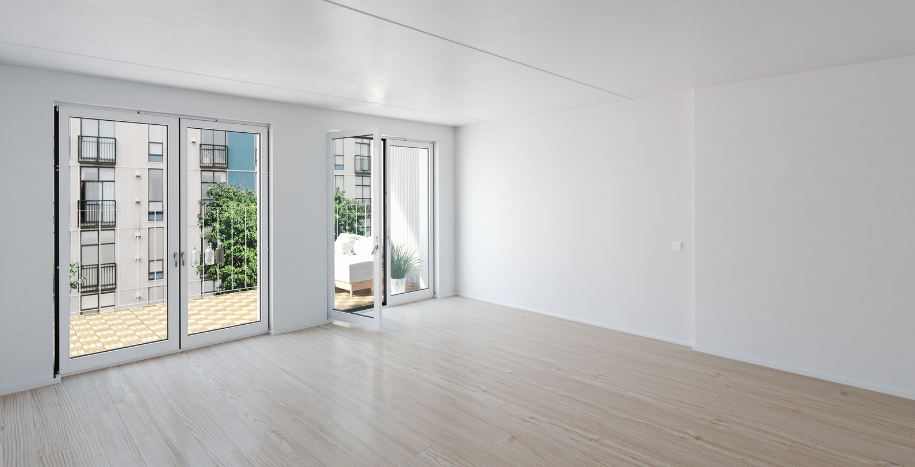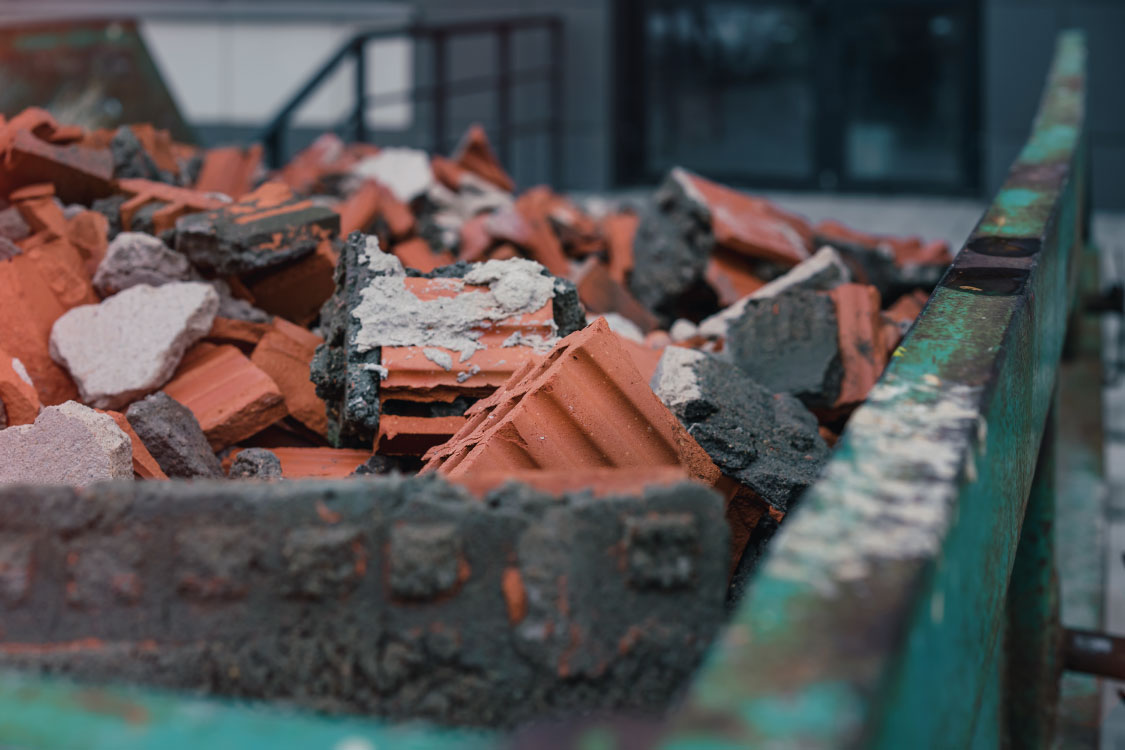DIY Bathroom Renovations: 5 Essential Tips for Success

Renovating your bathroom or ensuite can breathe new life into your home and increase its value. While hiring professionals for some parts of the job is important, many homeowners are opting for the DIY route to save costs and add a personal touch to their space. If you’re considering taking on a bathroom renovation project yourself, here are five essential tips, from demolitions and waste removal to upgrading your space, to ensure success.
Overview
A Bathroom Renovation: Money Well-Spent
Plan before starting
Bathroom layout matters
The demo: the part you definitely can DIY
Invest in quality materials for the bathroom fitout
DIY doesn’t mean doing everything yourself
A Bathroom Renovation: Money Well-Spent
A well-constructed bathroom goes beyond aesthetics; it can significantly increase the value of your home and enhance the functionality and ease of maintenance. Thoughtfully designed storage solutions can declutter the space, making it easier to keep organised. Properly installed fixtures and efficient layouts can streamline daily routines, saving you time and hassle.
Additionally, modern materials and finishes can contribute to a bathroom that not only looks beautiful but is easy to clean. With the right design choices and construction techniques, your renovated bathroom can become a sanctuary of comfort and convenience within your home.
1. Plan before starting
Before you pick up a hammer or paintbrush, take the time to thoroughly plan out your renovation project keeping in mind bathroom and toilet standards. Start by establishing a clear budget and timeline for the project.
Consider factors such as the size of your bathroom, the extent of the renovations, and any additional materials or tools you may need. Make note of any tiling, plumbing or electrical work that may need to be done and factor these into your plans.
Consider factors such as the size of your bathroom, the extent of the renovations, and any additional materials or tools you may need. Make note of any tiling, plumbing or electrical work that may need to be done and factor these into your plans.
2. Bathroom layout matters
Next, create a detailed plan outlining the changes you want to make to your bathroom. Measure the space accurately and sketch out a floor plan to visualise the layout. If needed consult someone in the industry to guide you, the layout of a bathroom is one of the most important parts to get right.
Consider how you use the space on a daily basis and tailor your design to suit your needs. For example, if you have a small bathroom, focus on maximising storage space and optimising the layout for efficiency. Pay attention to details such as lighting and ventilation to create a comfortable and functional environment.
Think about the flow of the space and how different elements will work together. Ensure fixtures such as sinks, toilets, and showers are positioned for easy access and use. Though, be aware that moving plumbing will add extra costs.
3. The demo: the part you definitely can DIY
Demolishing an existing bathroom is part of the job that you can take on yourself, saving you money that you can spend elsewhere to ensure you end up with a quality bathroom without problems down the line.
Gather the necessary tools and supplies, including pliers, chisels, hammers, and safety gear like face masks and goggles. Order a skip online for all your waste disposal, so you can focus on the job at hand without worrying about logistics.
Begin by clearing out the bathroom space, and remove all items from the vanity, shower, and shelves. If you plan to reuse any fixtures or cabinets and reduce construction waste, remove them carefully. Before starting any work, remember to shut off utilities to the bathroom. This includes turning off the power and shutting off the water supply. Don’t forget to drain the water from faucets and toilets!
4. Invest in quality materials for the bathroom fitout
When it comes to DIY bathroom renovations, quality matters. While it may be tempting to cut costs by opting for cheaper materials, investing in high-quality fixtures and finishes can save you money in the long run. Quality materials are more durable and less likely to need repairs or replacements in the future.
When selecting materials for your renovation, aim to be consistent in design such as choosing tiles, faucets, and cabinetry that match well. If saving money is the main goal, look for still-boxed bathroom fixtures and even tiles second-hand on Facebook Marketplace and Gumtree. You may even be able to ‘up-spec’ due to sourcing new items second-hand at a lower than retail price.
5. DIY doesn’t mean doing everything yourself
While DIY projects can be rewarding, it’s important to be realistic and know your limits. Instead, focus on the aspects of the renovation that you feel comfortable tackling yourself, such as demolition, layout planning and painting.
Hire contractors for more complex tasks to ensure the job is done safely and correctly and save yourself a lot of pain in the future!
Bathroom renovations: don’t try the tiling at home
Waterproofing and tiling are harder than they look and are the most important part of a bathroom to get right. To double down on that point – get a good tiler with good reviews to back them up. It is not always wise to go with the cheapest quote in this instance. Where you have saved elsewhere on this job, by doing things DIY, you can plan to spend on a good tiler. This is crucial to avoid leaks, water damage and needing to rip out and re-do! If you are simply regrouting your tiles then go for it – that’s a job you can try yourself.
Other tasks such as plumbing and electrical work, are also best left to professionals unless you have the necessary skills and experience. Attempting these tasks yourself could result in costly mistakes or even safety hazards.
Let us handle the waste
Get in touch with Just Skips for advice on the best size skip for your waste needs and let us take one aspect of the reno off your shoulders. We handle the waste so you can get on with the rest.
Frequently Asked Questions
Can you renovate a bathroom yourself?
For cosmetic renovations, such as replacing wall tiles and grout, building storage shelves or painting, DIY is possible. But renovations become more complicated when plumbing, electrical and waterproofing work is involved, these require skilled and experienced tradespeople.
Is DIY tiling hard?
Tiling is one of the trickier tasks for DIY renovations. Wrong measurements are a common mistake because there is no room for error. A tile that’s cut 1mm too small will leave a gap. Tiling is very time-consuming and risks water damage if done improperly. Getting the tile drop (slope) wrong can also mean a bathroom can flood when used.
How long does a full bathroom renovation take?
A bathroom renovation project is estimated to take around six weeks to complete. If this is a DIY job consider the time you will realistically have to spend on it due to life’s other demands.
People also read:
10 Easy DIY Projects to do at Home
How Long Does It Take To Renovate A House?
How to Dispose of Gyprock: Quick Guide



